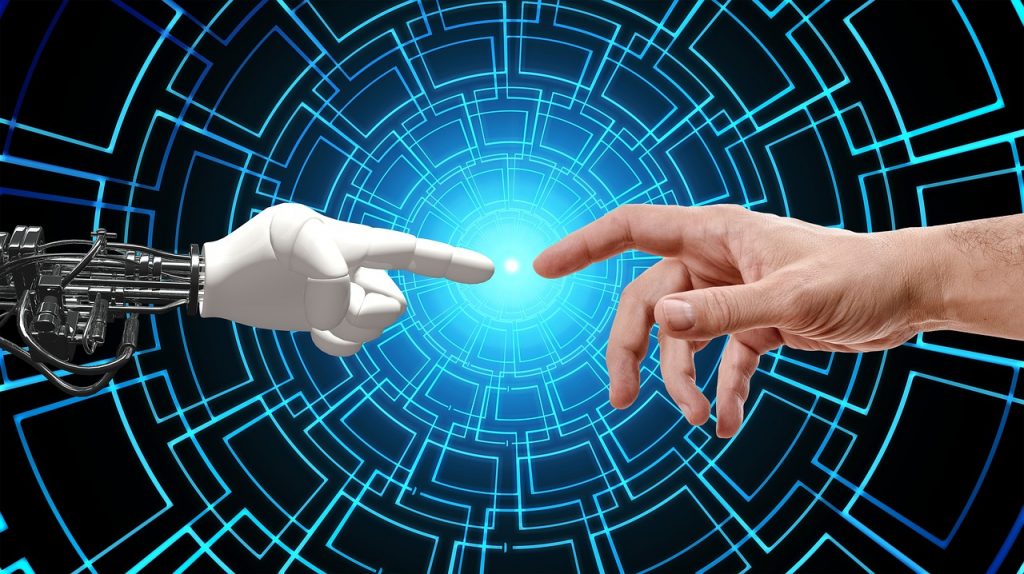(And How To Make Them Succeed)

GUEST POST from Greg Satell
Today, everybody needs to innovate. So it shouldn’t be surprising that corporate innovation programs have become wildly popular. There is an inherent tradeoff between innovation and the type of optimization that operational executives excel at. Creating a separate unit to address innovation just makes intuitive sense.
Yet corporate innovation programs often fail and it’s not hard to see why. Unlike other business functions, like marketing or finance, in a healthy organization everybody takes pride in their ability to innovate. Setting up a separate innovation unit can often seem like an affront to those who work hard to innovate in operational units.
Make no mistake, a corporate innovation program is no panacea. It doesn’t replace the need to innovate every day. Yet a well designed program can augment those efforts, take the business in new directions and create real value. The key to a successful innovation program is to develop a clear purpose built on a shared purpose that can solve important problems.
A Good Innovation Program Extends, It Doesn’t Replace
It’s no secret that Alphabet is one of the most powerful companies in the world. Nevertheless, it has a vulnerability that is often overlooked. Much like Xerox and Kodak decades ago, it’s highly dependent on a single revenue stream. In 2018, 86% of its revenues came from advertising, mostly from its Google search business.
It is with this in mind that the company created its X division. Because the unit was set up to pursue opportunities outside of its core search business, it didn’t encounter significant resistance. In fact, the X division is widely seen as an extension of what made Alphabet so successful in the first place.
Another important aspect is that the X division provides a platform to incubate internal projects. For example, Google Brain started out as a “20% time project.” As it progressed and needed more resources, it was moved to the X division, where it was scaled up further. Eventually, it returned to the mothership and today is an integral part of the core business.
Notice how the vision of the X division was never to replace innovation efforts in the core business, but to extend them. That’s been a big part of its success and has led to exciting new business like Waymo autonomous vehicles and the Verily healthcare division.
Focus On Commonality, Not Difference
All too often, innovation programs thrive on difference. They are designed to put together a band of mavericks and disruptors who think differently than the rest of the organization. That may be great for instilling a strong esprit de corps among those involved with the innovation program, but it’s likely to alienate others.
As I explain in Cascades, any change effort must be built on shared purpose and shared values. That’s how you build trust and form the basis for effective collaboration between the innovation program and the rest of the organization. Without those bonds of trust, any innovation effort is bound to fail.
You can see how that works in Alphabet’s X division. It is not seen as fundamentally different from the core Google business, but rather as channeling the company’s strengths in new directions. The business opportunities it pursues may be different, but the core values are the same.
The key question to ask is why you need a corporate innovation program in the first place. If the answer is that you don’t feel your organization is innovative enough, then you need to address that problem first. A well designed innovation program can’t be a band-aid for larger issues within the core business.
Executive Sponsorship Isn’t Enough
Clearly, no corporate innovation program can be successful without strong executive sponsorship. Commitment has to come from the top. Yet just as clearly, executive sponsorship isn’t enough. Unless you can build support among key stakeholders inside and outside the organization, support from the top is bound to erode.
For example, when Eric Haller started Datalabs at Experian, he designed it to be focused on customers, rather than ideas developed internally. “We regularly sit down with our clients and try and figure out what’s causing them agita,” he told me, “because we know that solving problems is what opens up enormous business opportunities for us.”
Because the Datalabs units works directly with customers to solve problems that are important to them, it has strong support from a key stakeholder group. Another important aspect at Datalabs is that once a project gets beyond the prototype stage it goes to one of the operational units within the company to be scaled up into a real business. Over the past five years businesses originated at Datalabs have added over $100 million in new revenues.
Perhaps most importantly, Haller is acutely aware how innovation programs can cause resentment, so he works hard to reduce tensions through building collaborations around the organization. Datalabs is not where “innovation happens” at Experian. Rather it serves to augment and expand capabilities that were already there.
Don’t Look For Ideas, Identify Meaningful Problems
Perhaps most importantly, an innovation program should not be seen as a place to generate ideas. The truth is that ideas can come from anywhere. So designating one particular program in which ideas are supposed to happen will not only alienate the rest of the organization, it is also likely to overlook important ideas generated elsewhere.
The truth is that innovation isn’t about ideas. It’s about solving problems. In researching my book, Mapping Innovation, I came across dozens of stories from every conceivable industry and field and it always started with someone who came across a problem they wanted to solve. Sometimes, it happened by chance, but in most cases I found that great innovators were actively looking for problems that interested them.
If you look at successful innovation programs like Alphabet’s X division and Experian’s Datalabs, the fundamental activity is exploration. X division explores domains outside of search, while Datalabs explores problems that its customers need solved. Once you identify a meaningful problem, the ideas will come.
That’s the real potential of innovation programs. They provide a space to explore areas that don’t fit with the current business, but may play an important role in its future. A good innovation program doesn’t replace capabilities in the core organization, but leverages them to create new opportunities.
— Article courtesy of the Digital Tonto blog
— Image credit: Pixabay
![]() Sign up here to join 17,000+ leaders getting Human-Centered Change & Innovation Weekly delivered to their inbox every week.
Sign up here to join 17,000+ leaders getting Human-Centered Change & Innovation Weekly delivered to their inbox every week.









